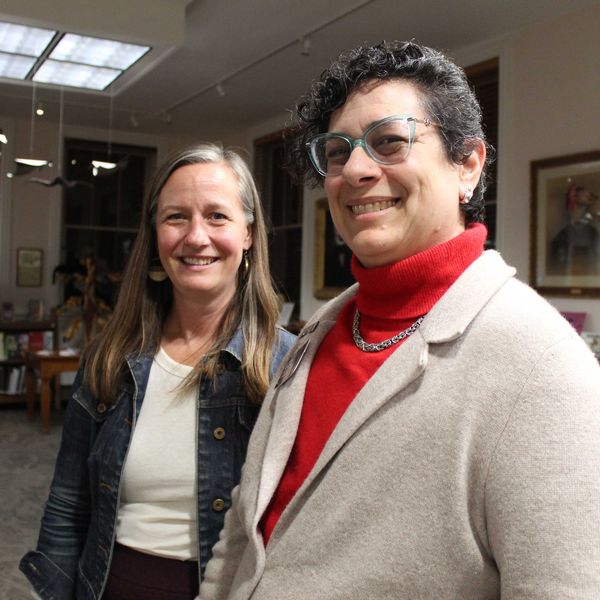NECC’s food programs serve dignity to patrons

Food program director Jordan Schmidt, left, and marketing and outreach coordinator Cheri Johnson, right, display just some of the items on offer at the NECC’s food pantry in Millerton.
Photo by Krista A. Briggs

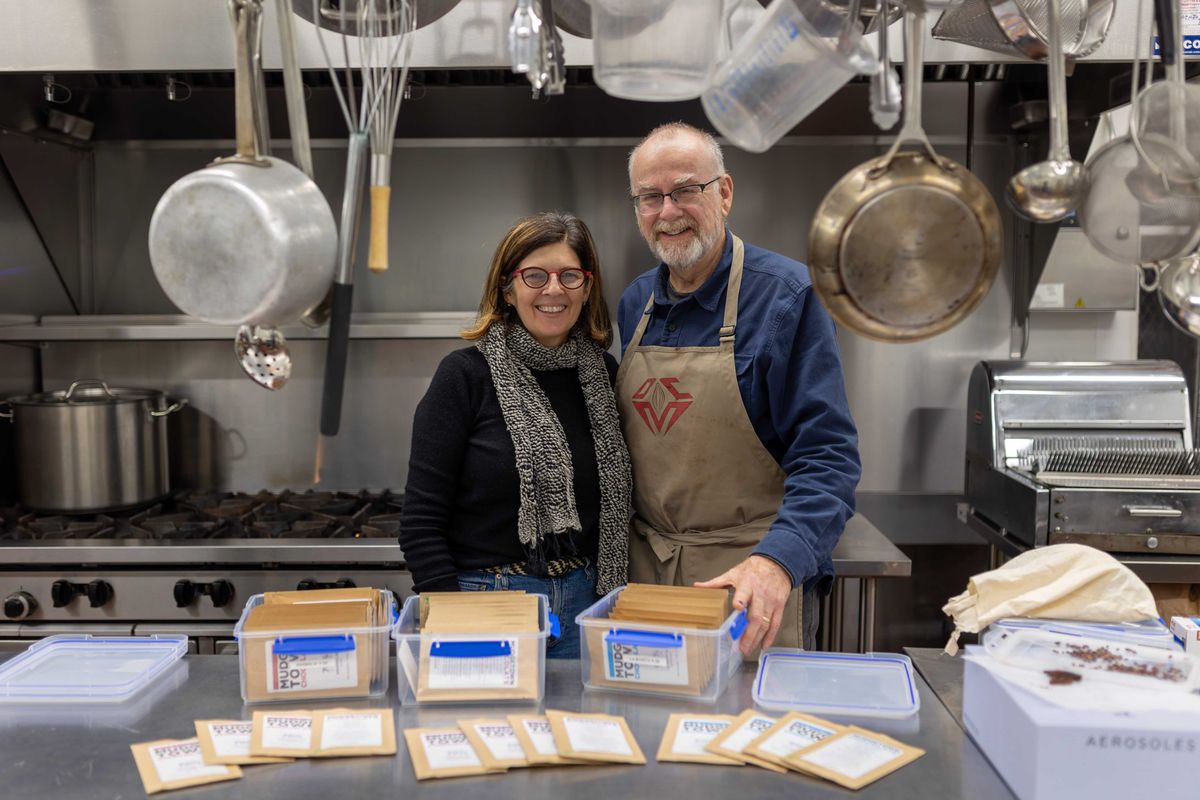
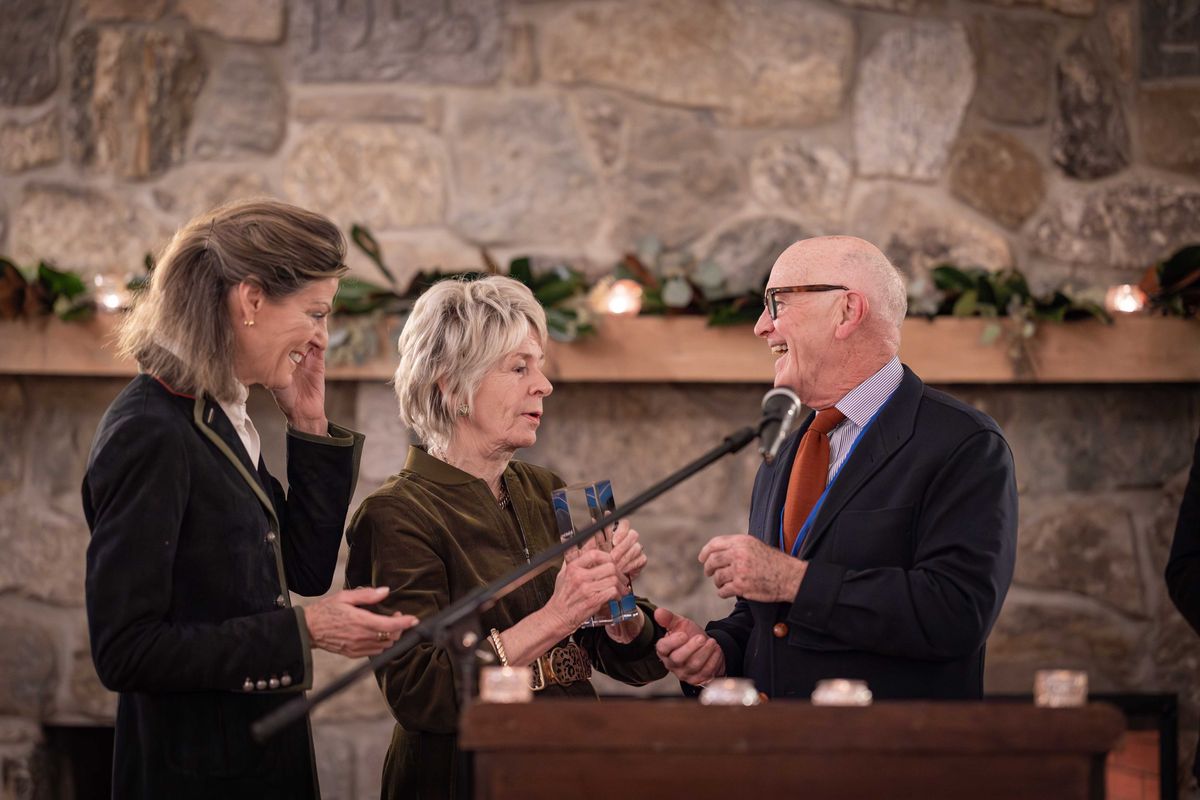
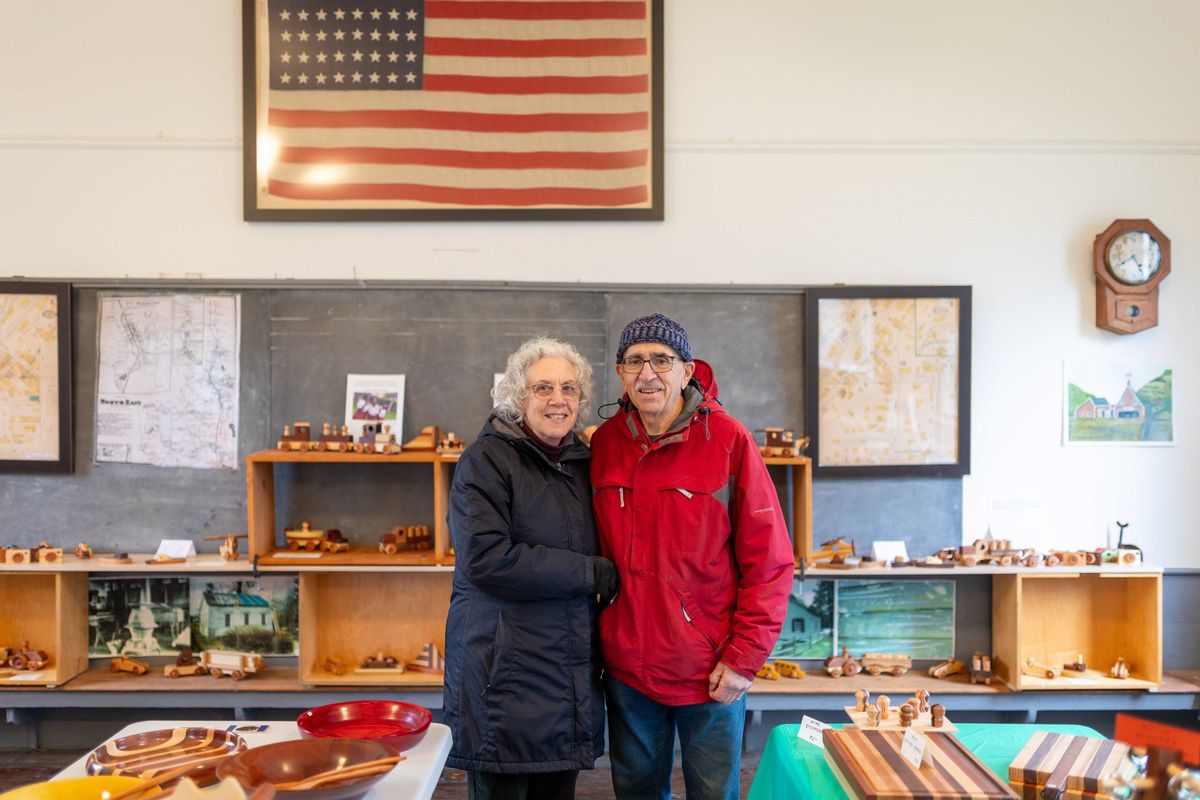

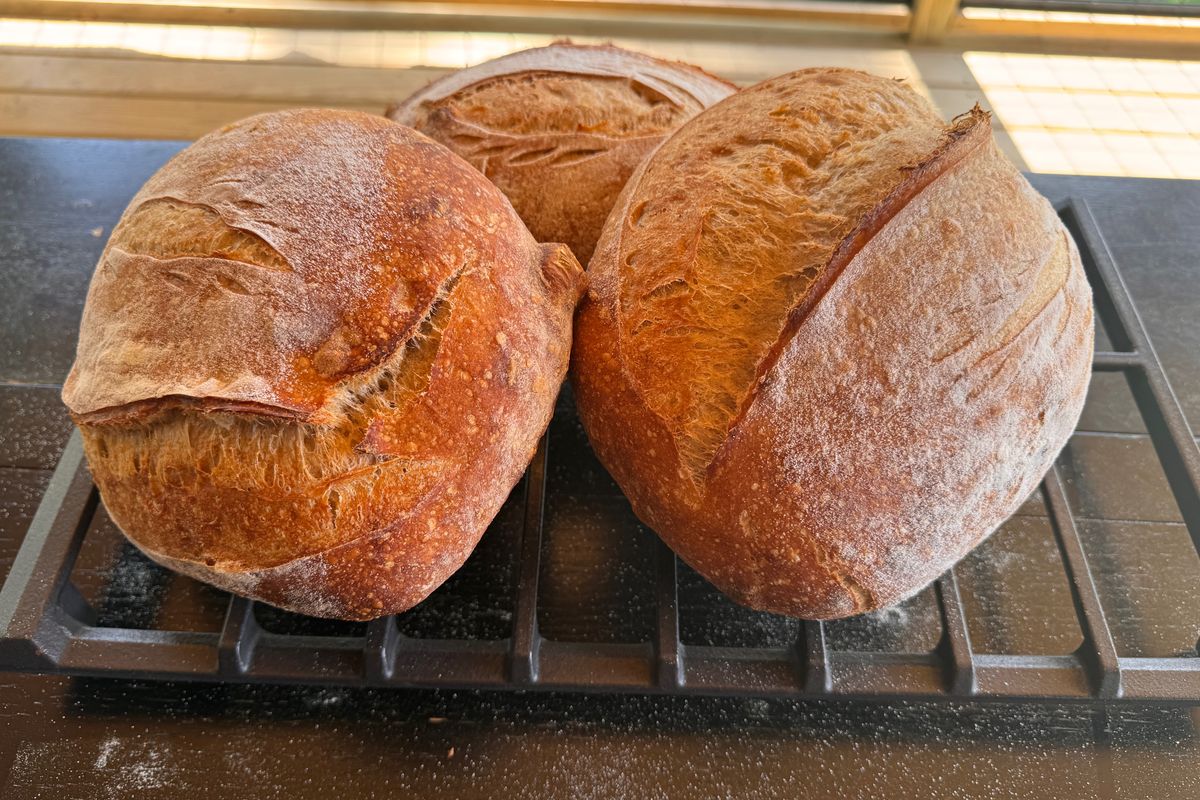
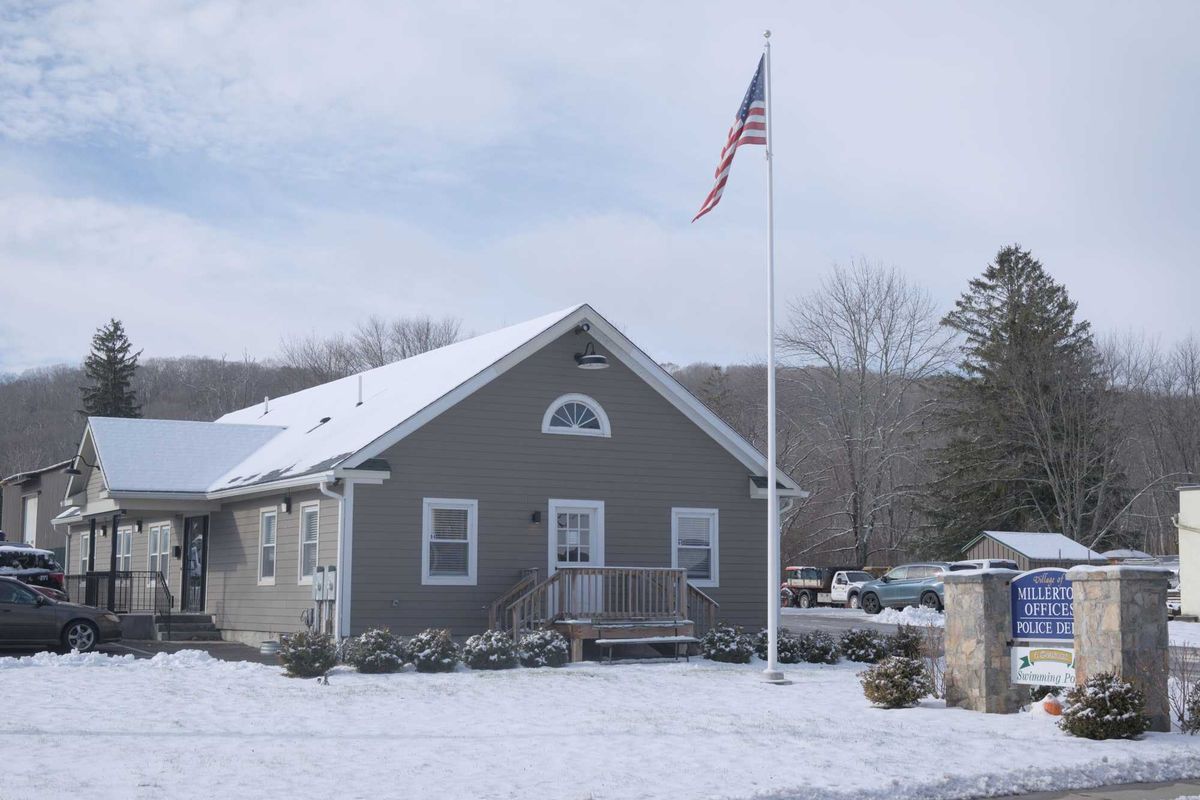
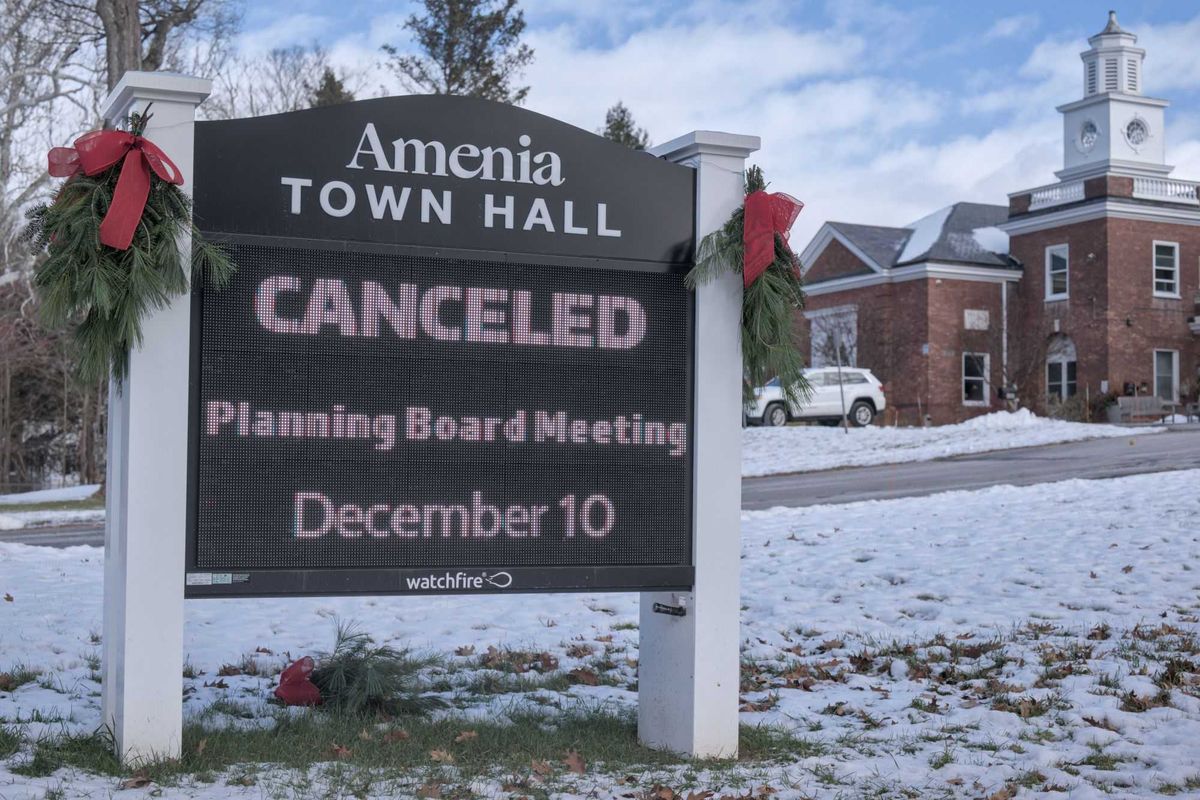
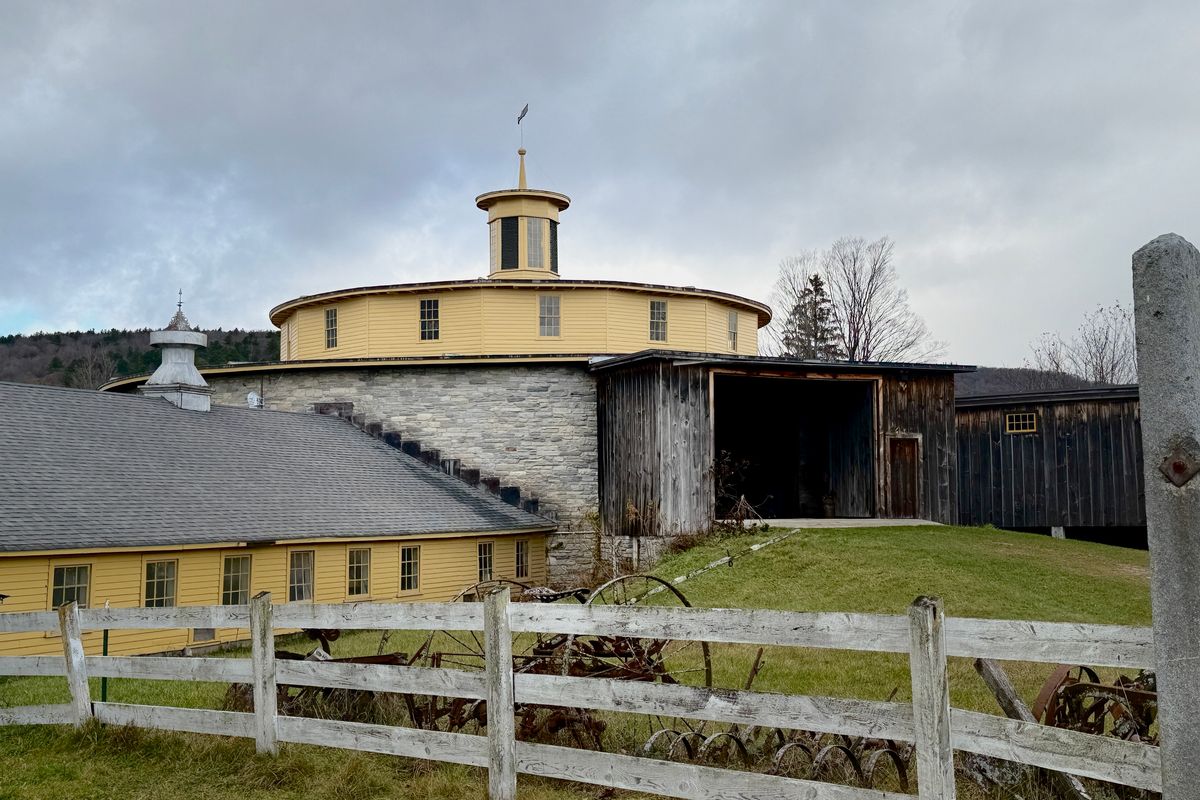
 Shakers referred to their farm as the City of Peace.Jennifer Almquist
Shakers referred to their farm as the City of Peace.Jennifer Almquist

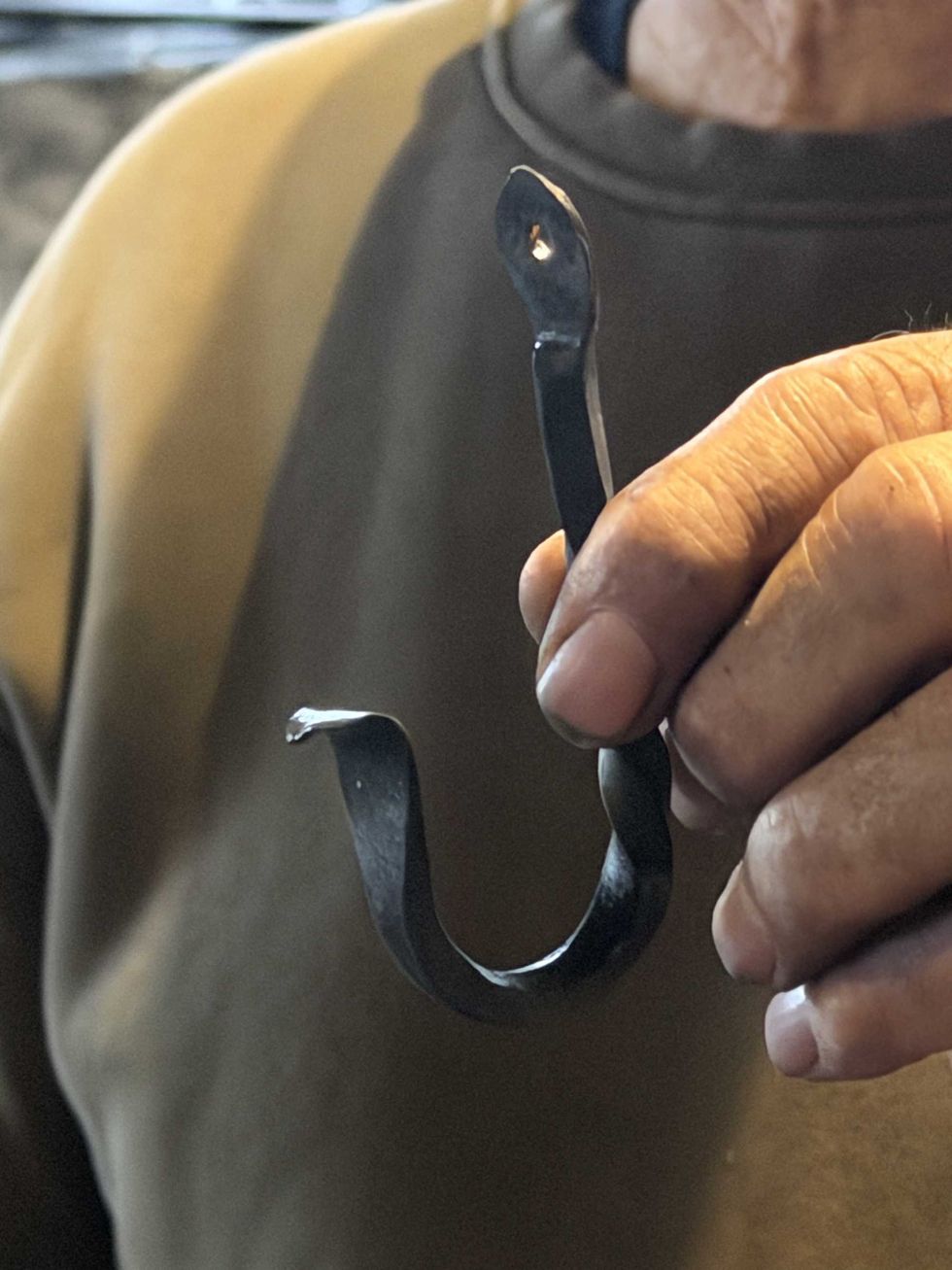
 A Shaker chair.Jennifer Almquist
A Shaker chair.Jennifer Almquist The Shakers embraced practical designs of great utility and beauty.Jennifer Almquist
The Shakers embraced practical designs of great utility and beauty.Jennifer Almquist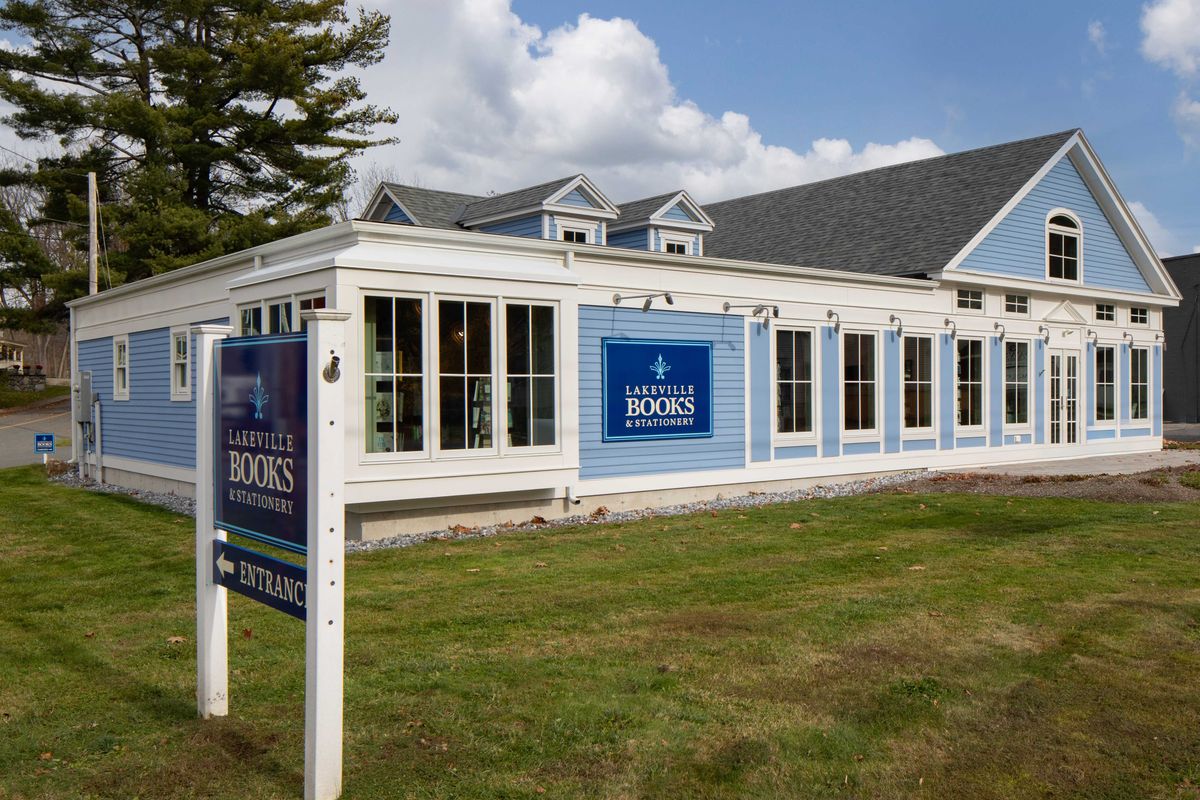
 Interior of Lakeville Books & Stationery.Provided
Interior of Lakeville Books & Stationery.Provided




